St. James Triangle Introduce
Hello, New Yorkers! In our vibrant and ceaselessly energetic city, finding those small pockets of peace can be a true luxury. While iconic green spaces like Central Park and Bryant Park draw crowds, our neighborhoods are also home to numerous smaller, often overlooked parks that offer a more intimate connection with urban tranquility. Today, we're focusing on one such unique spot in Lower Manhattan: St. James Triangle. This park, though compact, offers a surprisingly peaceful respite amidst the bustling streets of Chinatown and the Civic Center.
As locals, we appreciate the quiet havens our city provides, places where we can step away from the noise and simply breathe. St. James Triangle, named for a nearby historic church, presents an interesting case study in urban green space. While some public feedback might indicate a need for more accessibility or amenities, its core appeal lies in its serene atmosphere and its potential as a beautiful, albeit sometimes less accessible, "hidden gem." This article aims to provide a clear, factual, and friendly overview of St. James Triangle, highlighting its location, current status, and why, for those in the know, it holds a particular charm. We’ll explore what makes this small triangle of green significant in its dense urban setting, offering a unique perspective on a less-traveled New York City park.
It's important to approach St. James Triangle with an understanding of its context. Unlike large, amenity-rich parks, its value often lies in its contemplative atmosphere and its potential for future enhancement. Let's delve into the details and uncover the story of this quiet corner.
St. James Triangle is uniquely situated at the intersection of St James Place & Oliver St, New York, NY 10038, USA. This location places it on the border of several distinct and vibrant Lower Manhattan neighborhoods, including Chinatown, the Civic Center, and the Lower East Side. This intersection makes it a familiar landmark for those navigating these historic streets.
For New Yorkers, accessibility to St. James Triangle is primarily via the city's extensive public transportation network. The park is within a reasonable walking distance of several major subway stations, offering connections to various parts of Manhattan and beyond. Key subway lines that serve the area include the J, M, Z at Chambers Street/Centre Street, and the 4, 5, 6 lines at Brooklyn Bridge-City Hall. The A and C lines at Chambers Street are also relatively close. This robust subway access makes it convenient for residents from different boroughs to reach the park, should they choose to visit.
The surrounding streets, St. James Place and Oliver Street, are part of a dense urban fabric, characterized by residential buildings, local businesses, and historical sites. While this means the park is deeply integrated into the local community, it also implies that street parking, as is typical for Manhattan, can be challenging. For most visitors, walking, cycling, or utilizing public transit will be the most practical methods of arrival.
One aspect to note regarding accessibility, based on public feedback, is that the park has, at times, been closed or has had limited public access. This is a point of concern for some locals who see its potential as a beautiful public space. However, when accessible, its location allows for easy integration into a walking tour of the historic Chatham Square area, including the nearby First Shearith Israel Graveyard, one of the oldest Jewish cemeteries in the U.S., and the historic St. James Roman Catholic Church for which the park is named. Despite any access limitations, its central location within a significant downtown corridor ensures its visibility and importance as a potential community asset.
Based on available public information and common features of small urban plazas, St. James Triangle typically offers:
- Green Space: Provides a small patch of greenery and landscaping, contributing to the urban environment.
- Seating: While some reviews indicate a need for more, the park is understood to offer some seating, such as benches, for public use, allowing for quiet contemplation.
- Public Plaza: Functions as a pedestrianized "triangle" or plaza area, designed for public gathering and passage.
It is important to note that specific amenities might be limited given the park's small size (0.04 acres) and its designation as a "Triangle/Plaza" by NYC Parks. Larger recreational facilities like playgrounds or sports courts are not typically found here. The primary "service" is the provision of a peaceful, aesthetic public space in a dense urban setting.
- Peaceful and Beautiful Atmosphere: Despite its urban setting, the park is often described as "beautiful and peaceful" and a "hidden gem" when accessible, offering a serene escape.
- Native Plants and Pollinators: While not explicitly stated for St. James Triangle, similar revitalized smaller NYC parks often feature native perennials that attract pollinators, contributing to urban biodiversity and enhancing the natural aesthetic. (This is an inference based on current trends in NYC park design for similar small spaces).
- Historic Context: The park takes its name from the nearby St. James Roman Catholic Church, a significant historical landmark in Lower Manhattan, adding a layer of cultural depth to the area. It is also close to the First Shearith Israel Graveyard.
- Community Potential: Despite varying public access, the very presence of a green space in a densely populated area highlights its potential as a valuable community asset for relaxation and simple outdoor enjoyment.
- Unique Urban Design: Its triangular shape, typical of spaces created by street intersections in older city grids, gives it a distinct character within the urban landscape.
- Contemplative Space: The quiet nature of the park, when open, makes it suitable for moments of reflection, reading, or simply observing the surrounding neighborhood.
As a small public park managed by NYC Parks, St. James Triangle does not offer commercial promotions or special offers in the traditional business sense. Its primary "offer" is free public access to a quiet green space.
However, any "special offers" related to St. James Triangle would typically come in the form of community engagement or potential public programming:
- Community Clean-Up Days: Local community groups or NYC Parks might organize volunteer clean-up or gardening days, providing an opportunity for locals to contribute to their neighborhood park.
- Neighborhood Walking Tours: Due to its historic location, the park might be included as a stop on free or low-cost historical walking tours of the Chinatown/Seaport/Civic Center area, allowing visitors to learn about its context.
- Temporary Art Installations or Small Gatherings: While not a regular occurrence, small, informal community gatherings or temporary public art installations could potentially occur here, organized by local residents or civic groups, enhancing the park's use.
To learn about any such community-driven events or initiatives, New Yorkers should:
- Check the official NYC Parks website for events in the Lower Manhattan area.
- Look for announcements from local community boards (Community Board 3) or neighborhood associations in Chinatown/Lower East Side.
- Keep an eye on social media channels of local civic groups or community leaders.
The primary value of St. James Triangle lies in its inherent existence as a peaceful, freely accessible green space, which itself is a valuable public offering in a densely populated urban environment.
For inquiries regarding St. James Triangle, particularly concerning its maintenance, operations, or any community-related initiatives, the best points of contact would be through the NYC Parks Department or local community organizations.
Address: St James Pl &, Oliver St, New York, NY 10038, USA
Phone: (212) 639-9675 (This number is associated with the NYC Parks general information line or a local district office that would oversee parks like St. James Triangle.)
Mobile Phone: +1 212-639-9675 (Likely the same general contact number for the NYC Parks Department.)
For more specific information on local park management or community involvement, contacting Manhattan Community Board 3 might also be a relevant option. It is always advisable to consult the official NYC Parks website for the most up-to-date information on park hours, rules, and general contact details.
For New Yorkers, St. James Triangle, despite its modest size and sometimes debated accessibility, holds a significant suitability, especially for those living or working in the immediate vicinity of Chinatown, the Civic Center, and the Lower East Side. In the dense, fast-paced environment of Lower Manhattan, any patch of green space that offers a moment of quiet contemplation is a valuable asset.
Its primary appeal lies in its potential as a peaceful oasis. For locals seeking a brief escape from the urban hustle, a place to sit and collect their thoughts, or simply to enjoy a few minutes of fresh air, St. James Triangle can be surprisingly effective. Its historical context, named after the nearby St. James Roman Catholic Church and situated close to the First Shearith Israel Graveyard, also offers a unique connection to the rich layers of New York City's past, providing a sense of grounding amidst the city's constant evolution.
While some public feedback highlights a desire for more consistent open access and perhaps a redesign, the very presence of this green space, however small, contributes to the overall quality of life in a neighborhood with limited open areas. It serves as a visual break in the urban fabric, a space for local biodiversity, and a reminder of the importance of preserving and enhancing green infrastructure in our city. For residents of this particular corner of Manhattan, St. James Triangle represents a local resource, a potential meeting point, and a symbol of ongoing efforts to bring more green and peaceful moments to their daily lives. Its "hidden gem" status means that for those who do discover it, it offers a personal and often cherished experience away from the crowds of larger, more famous parks.
St. James Triangle Photos

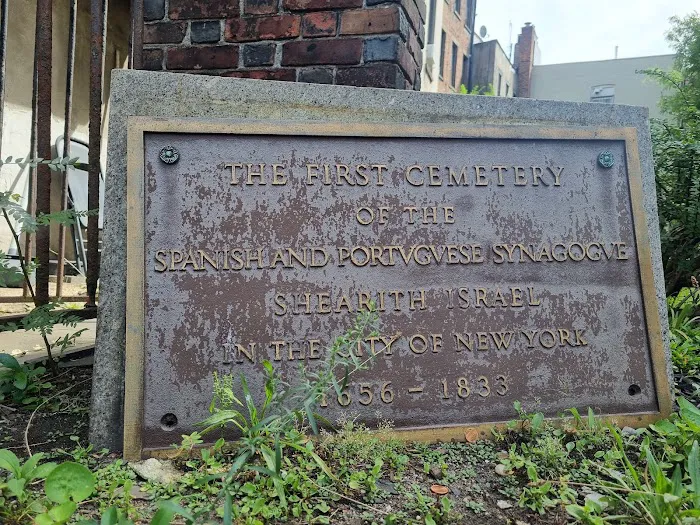
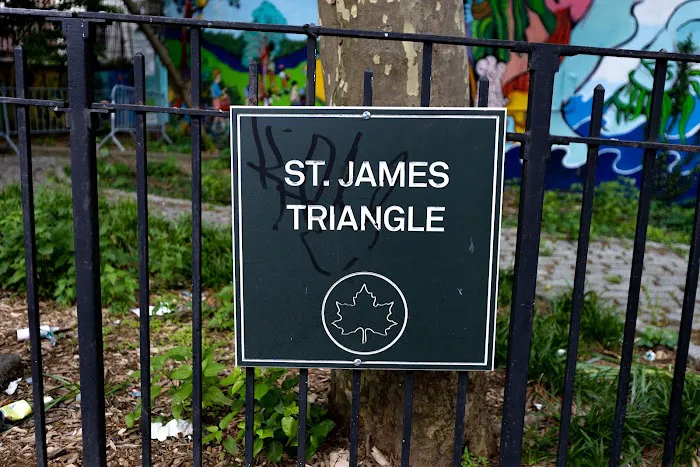
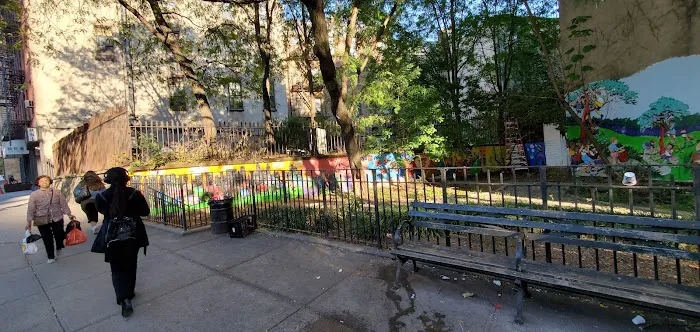
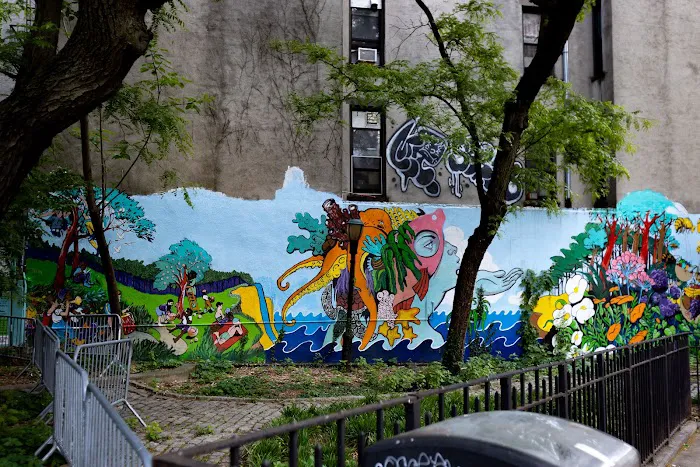


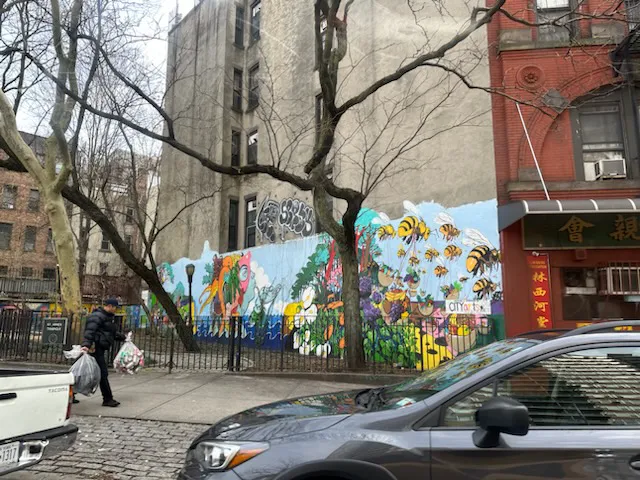
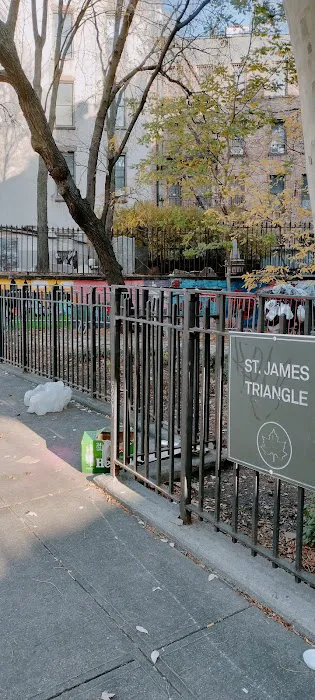
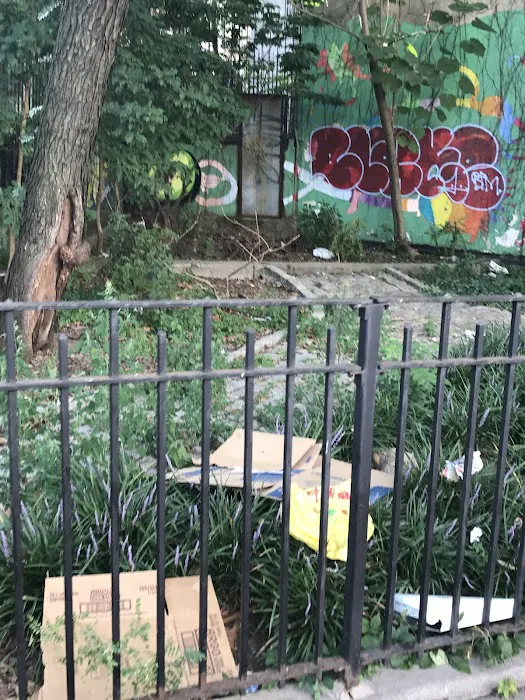
St. James Triangle Location
St. James Triangle
St James Pl &, Oliver St, New York, NY 10038, USA
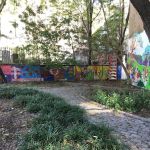 St. James Triangle
St. James TriangleSt James Pl &
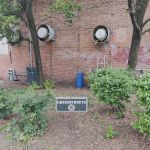 Greenstreet
GreenstreetSt James Pl &
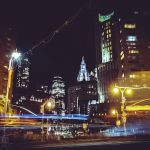 Kimlau Square
Kimlau SquarePark Row
 1 Madison St
1 Madison St1 Madison St
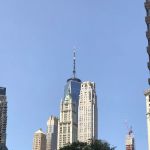 James Madison Plaza
James Madison Plaza1 Madison St
 Charles Venn Park
Charles Venn ParkNew York
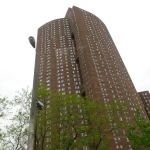 Confucius Plaza courtyard
Confucius Plaza courtyard42 Division St
 Hotel Mulberry
Hotel Mulberry52 Mulberry St
 Columbus Park
Columbus ParkMulberry Street &
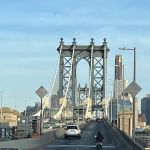 Sophie Irene Loeb Playground
Sophie Irene Loeb PlaygroundManhattan Brg
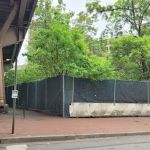 Brooklyn Banks
Brooklyn BanksRose Street &
 Columbus Park Pavilion
Columbus Park PavilionBayard St
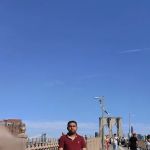 Robert Wagner Greenstreet
Robert Wagner Greenstreet180 South St
St. James Triangle Reviews
I can’t think of a single reason why this park doesn’t deserve 1 star. See photos so you never need to go.
Nov 28, 2017 · carl taborNamed for St. James, a nearby Roman Catholic Church located on Oliver Street. The Church closed its doors right about the same year that St. James Parochial school (now Transfiguration School) was officially closed in 2010. I don't know why this Park remains closed. I will say, it's beautiful and peaceful. A hidden gem.
Oct 23, 2019 · NYCIt’s true claim to fame: it is the first (or second ?) cemetery for Spanish and Portuguese Sephardic Jews in NYC.Otherwise it’s a fairly nondescript green patch.
Aug 08, 2022 · Larry LNot very clean to visit as a park
Apr 26, 2023 · Thompson JeffersonNot very clean nor visited
Oct 26, 2019 · Victor C
More Scenic Spot
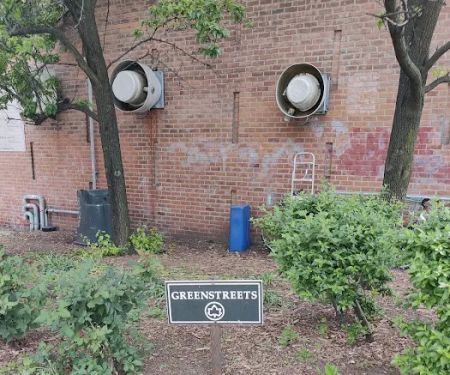 Greenstreet3.0 (3 reviews)
Greenstreet3.0 (3 reviews)St James Pl &, Oliver St, New York, NY 10038, USA
 Kimlau Square4.0 (331 reviews)
Kimlau Square4.0 (331 reviews)Park Row, New York, NY 10038, USA
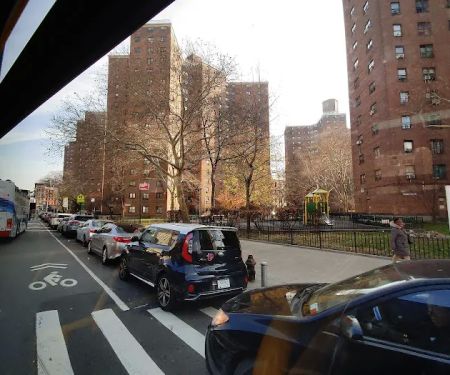 1 Madison St0.0 (0 reviews)
1 Madison St0.0 (0 reviews)1 Madison St, New York, NY 10038, USA
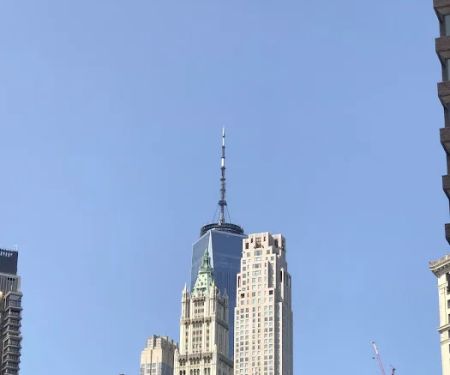 James Madison Plaza4.0 (20 reviews)
James Madison Plaza4.0 (20 reviews)1 Madison St, New York, NY 10038, USA
 Charles Venn Park3.0 (2 reviews)
Charles Venn Park3.0 (2 reviews)New York, NY 10038, USA
 Confucius Plaza courtyard4.0 (1 reviews)
Confucius Plaza courtyard4.0 (1 reviews)42 Division St, New York, NY 10002, USA
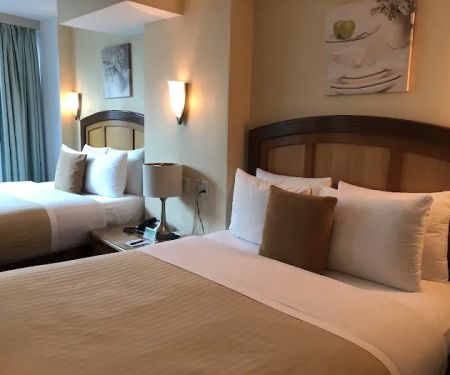 Hotel Mulberry4.0 (418 reviews)
Hotel Mulberry4.0 (418 reviews)52 Mulberry St, New York, NY 10013, USA
 Columbus Park4.0 (3338 reviews)
Columbus Park4.0 (3338 reviews)Mulberry Street &, Baxter St, New York, NY 10013, USA
 Sophie Irene Loeb Playground4.0 (44 reviews)
Sophie Irene Loeb Playground4.0 (44 reviews)Manhattan Brg, New York, NY 10002, USA
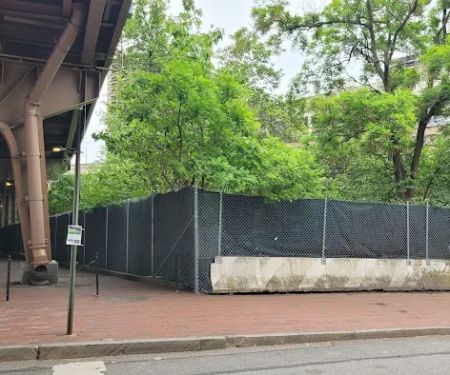 Brooklyn Banks4.0 (1 reviews)
Brooklyn Banks4.0 (1 reviews)Rose Street &, Avenue of the Finest, Manhattan, NY 10038, USA
 Columbus Park Pavilion3.0 (49 reviews)
Columbus Park Pavilion3.0 (49 reviews)Bayard St, New York, NY 10013, USA
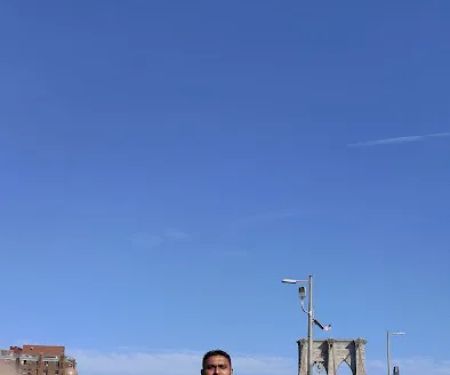 Robert Wagner Greenstreet4.0 (1 reviews)
Robert Wagner Greenstreet4.0 (1 reviews)180 South St, New York, NY 10038, USA
Categories
Popular Camping Sites
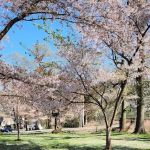 Branch Brook Lower Section0.0 (0 reviews)
Branch Brook Lower Section0.0 (0 reviews)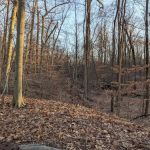 Passaic River Park4.0 (18 reviews)
Passaic River Park4.0 (18 reviews) Addice Park5.0 (3 reviews)
Addice Park5.0 (3 reviews)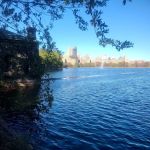 NYPD Detective Steven McDonald footpath5.0 (2 reviews)
NYPD Detective Steven McDonald footpath5.0 (2 reviews) North County Trailway5.0 (7 reviews)
North County Trailway5.0 (7 reviews)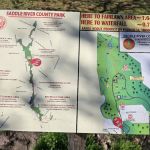 Saddle River Park - Dunkerhook Area4.0 (196 reviews)
Saddle River Park - Dunkerhook Area4.0 (196 reviews)Trending Camping Blog Posts
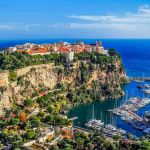 Top Group Travel Destinations in Europe: Best Places for Group Vacations
Top Group Travel Destinations in Europe: Best Places for Group Vacations How to Get Involved in Travel Clans for Social Travel: Explore Group Travel Opportunities
How to Get Involved in Travel Clans for Social Travel: Explore Group Travel Opportunities Best Travel Clans for Sustainable Travel
Best Travel Clans for Sustainable Travel Best Group Vacation Destinations for Friends: Ultimate Travel Ideas
Best Group Vacation Destinations for Friends: Ultimate Travel Ideas Travel Clans for Solo Travelers Looking for Company: Join Unique Travel Communities
Travel Clans for Solo Travelers Looking for Company: Join Unique Travel Communities Best Travel Clans for Women Traveling Together
Best Travel Clans for Women Traveling Together 
